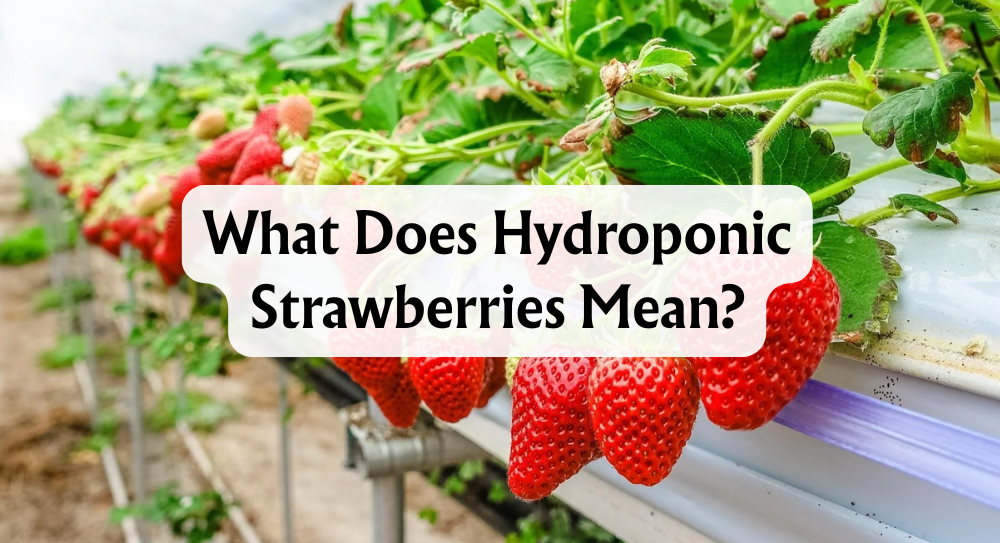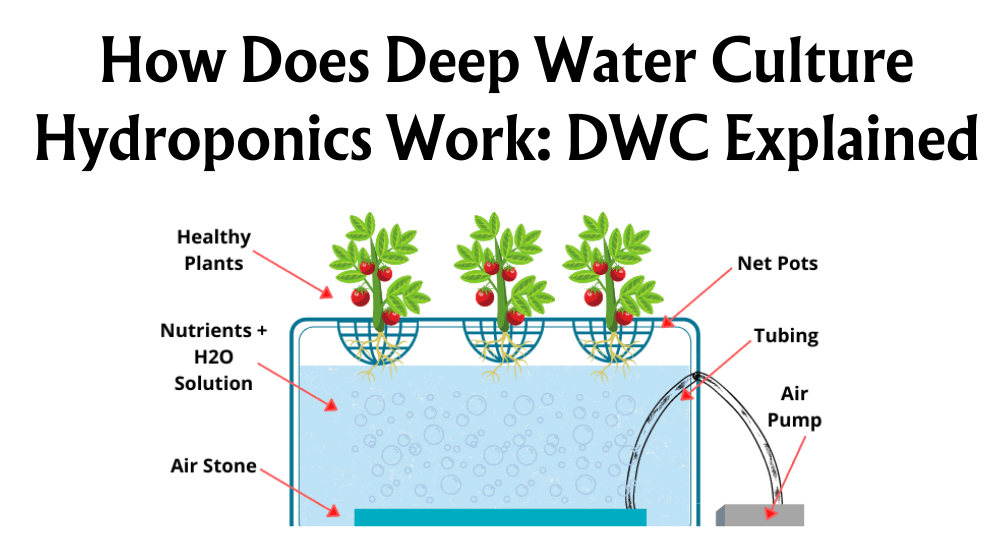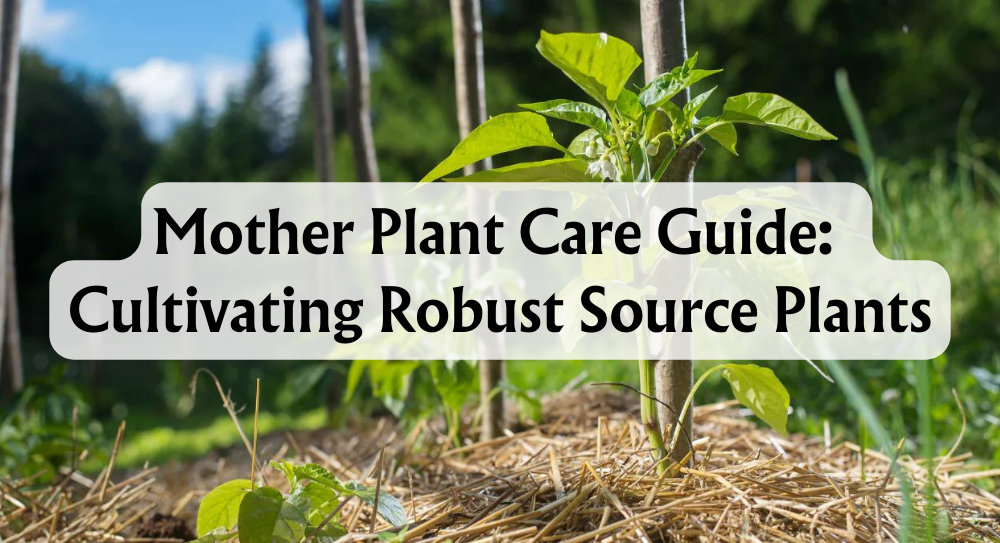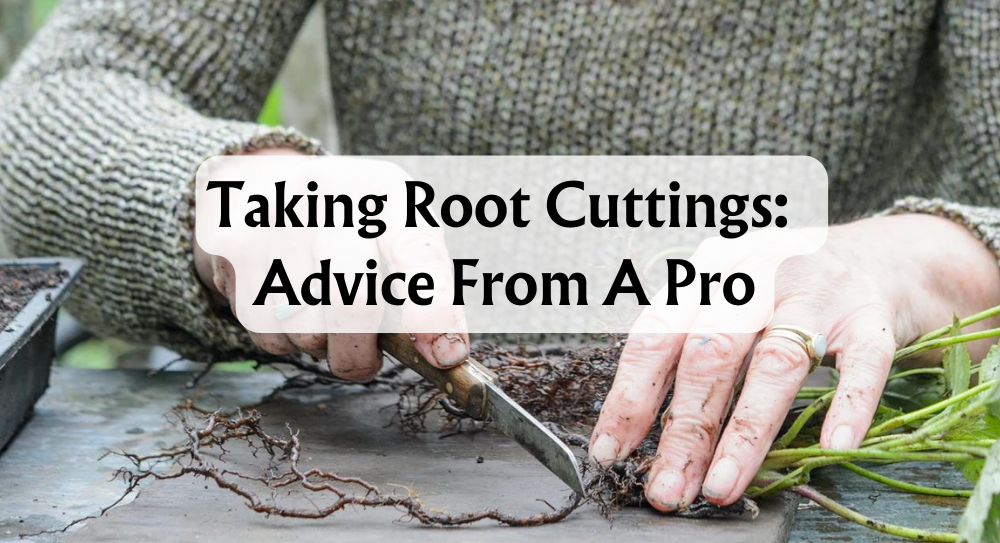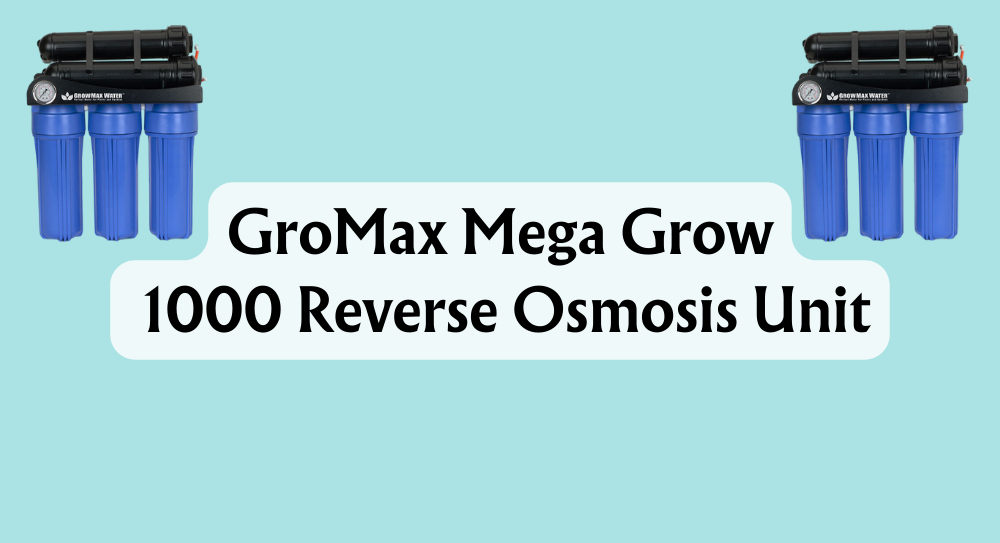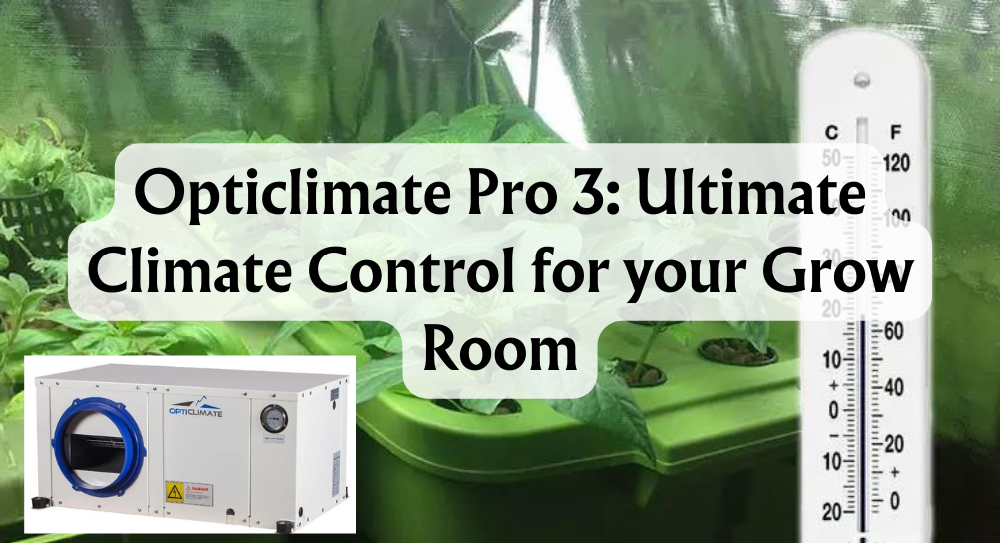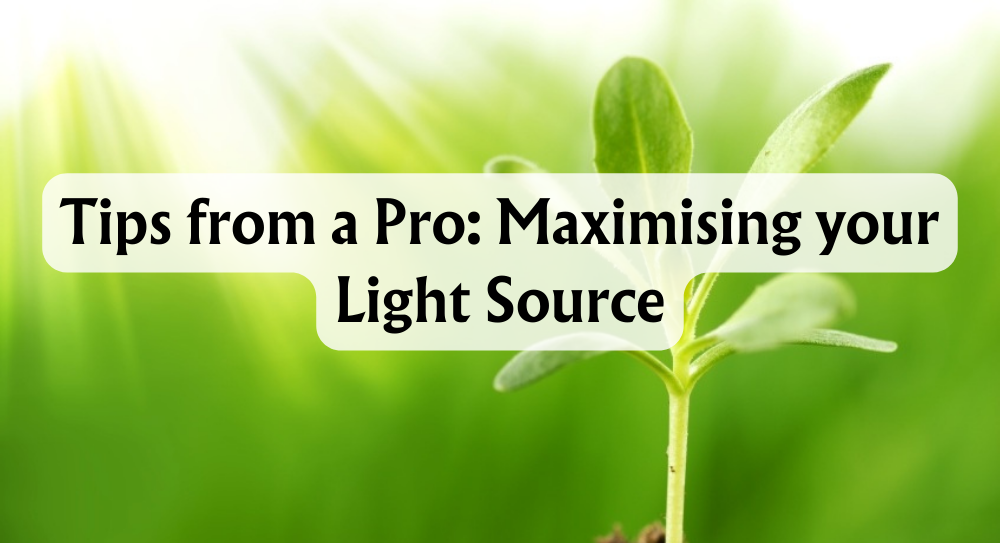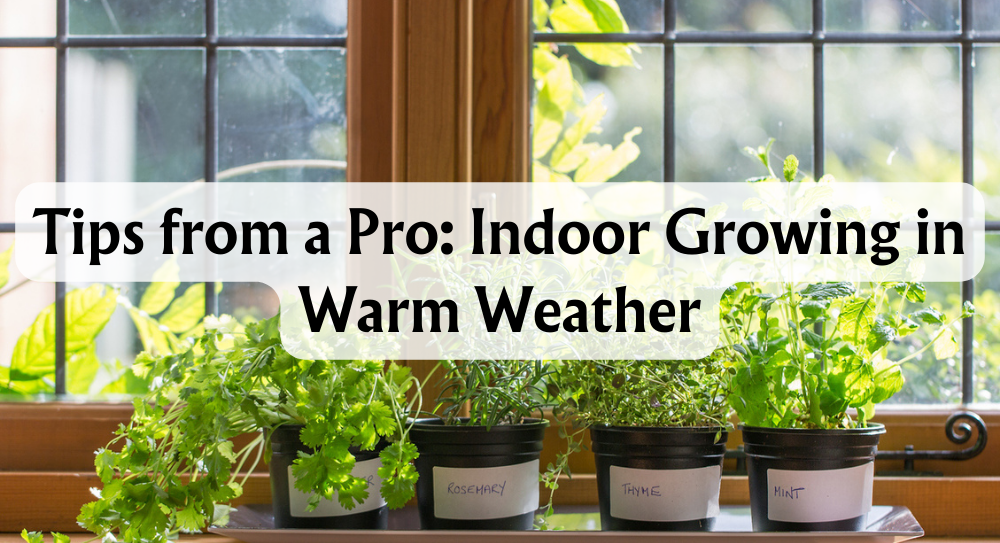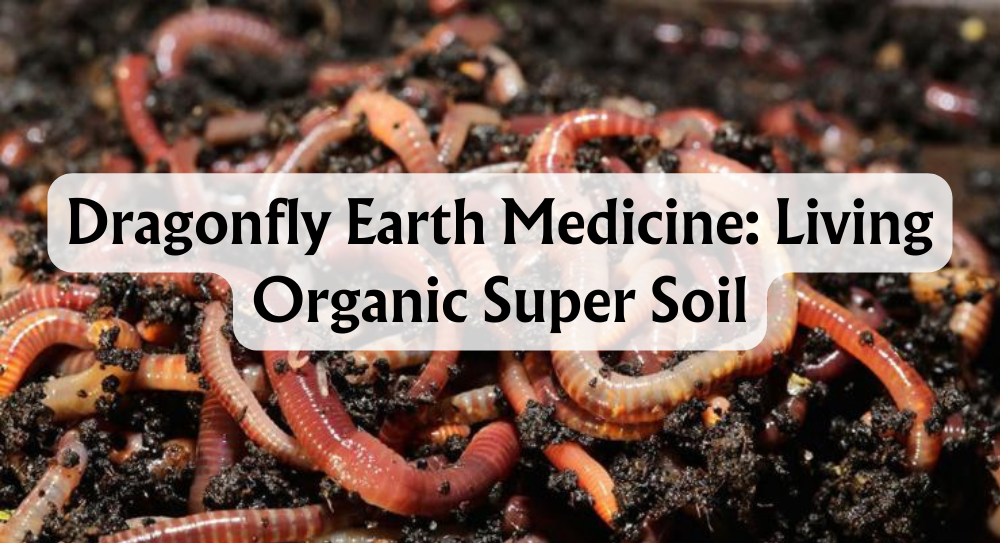Growing tulips hydroponically has become an interesting and practical way for us to enjoy beautiful blooms indoors, without the mess of soil. We get a cleaner, more controlled environment and the chance to see the full growth process up close. For those of us who appreciate efficient gardening, hydroponic tulips offer striking flowers and a fun growing experience.
Hydroponic tulips typically last about a week during their blooming period, depending on the variety. Unlike traditional cut tulips that fade within a few days, these tulips often stay fresh and colourful longer, giving us more time to enjoy their beauty. Knowing how long they last helps us plan and care for our plants better, so we get the most out of every bloom.
Key Takeaways
- Hydroponic tulips offer a tidy and rewarding growing method.
- Proper care helps maximise bloom lifespan and enjoyment.
- Most varieties flower for about a week in hydroponic systems.
Hydroponics Systems for Tulips
When growing tulips hydroponically, we can choose between different system types. The main methods are substrate hydroponics, which makes use of a growing medium, and water forcing, which relies solely on water for root development.
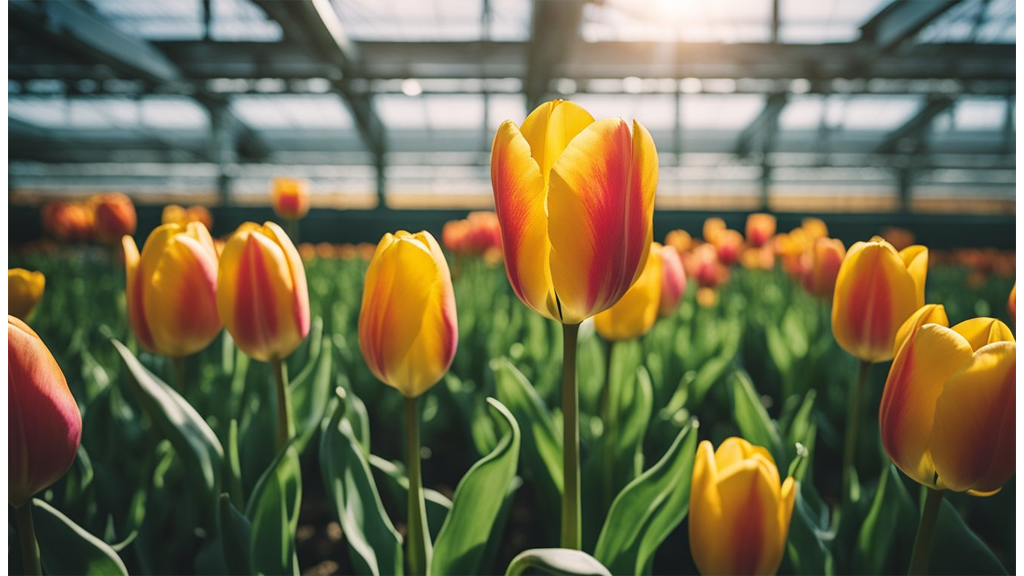
Substrate Hydroponics (Media-Based)
Substrate hydroponics involves placing the tulip bulbs in a container filled with a growing medium rather than soil. Common media we use include coconut coir, perlite, and sometimes vermiculite. These materials offer stability for the bulbs, help retain moisture, and allow the roots to breathe.
This approach is particularly popular for hydroponic bulb-growing because it eases nutrient management. We can supply nutrients directly to the root zone using a dilute fertiliser solution. The media also help anchor the bulbs, preventing them from toppling over as they grow.
Advantages:
- More control over moisture and nutrients
- Better support and stability for the bulbs
- Fewer issues with rot compared to soil growing
Challenges:
- Need to monitor water and nutrient levels closely
- Proper sterilisation of media is important to prevent diseases
- Disposal or reuse of media at the end of the season
Substrate hydroponics is well-suited to those who want to balance ease of use with healthy, reliable tulip blooming.
Water Forcing Hydroponics
Water forcing is a classic hydroponic method especially suited to forcing tulips indoors. It involves placing bulbs so that only their roots touch the water, using containers like glass vases or bulb-forcing jars.
How we set this up:
- Select a container with a narrow neck to support the bulb above the water.
- Fill with water just up to the base of the bulb, making sure the bulb stays dry.
- Place bulbs in a cool, dark place for several weeks to mimic winter.
- Once roots have developed and shoots emerge, move them to a sunny spot.
Key Tip: It's crucial to keep the bulb itself dry to prevent rot—only the roots should be submerged.
Benefits:
- Simple, visually appealing display
- No mess from soil or substrate
- Easy to monitor root growth
Potential drawbacks:
- Limited lifespan; bulbs may not rebloom once forced
- High risk of bulb rot if the water is not managed properly
- Bulbs may need to be discarded or planted in the garden after blooming
Water forcing is ideal for those who want a straightforward, decorative way to enjoy tulip blooms indoors for several weeks.
Benefits of Growing Tulips Hydroponically
Hydroponic tulip cultivation offers us a range of practical advantages that enhance both growing efficiency and flower quality. With precise control over conditions and resources, we can achieve consistent results, save space and water, and enjoy tidier, healthier blooms.
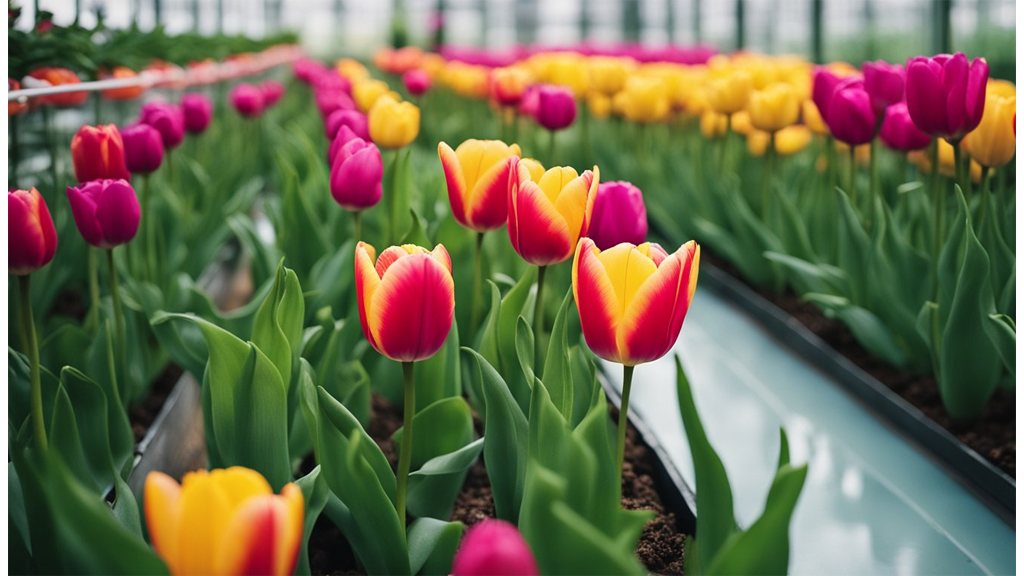
Consistent Quality
With hydroponics, we have fine control over nutrients, moisture, and temperature, so each tulip receives exactly what it needs to thrive. Unlike soil, where drainage and temperature can vary, our hydroponic systems deliver a uniform environment for growth. This leads to flowers that are more consistent in size, colour, and bloom time.
Commercial growers frequently choose hydroponics to produce high-grade tulips for markets and retailers. By eliminating variables like poor soil drainage or fluctuating soil temperature, we reduce the risk of underdeveloped or irregular flowers. As a result, customers receive tulips that look vibrant and fresh, making them more appealing and reliable.
Space Efficiency
Hydroponic setups allow us to maximise every bit of growing space, especially in urban or indoor environments. Vertical racks, multi-level trays, and compact systems mean we can grow more bulbs in a smaller footprint.
A typical hydroponic tray can hold about 75 bulbs in the same space where soil might allow only 66 bulbs (based on some grower reports). This efficiency is particularly important for commercial production. By stacking or lining up trays efficiently, we can greatly increase our yield per square metre compared to traditional soil beds.
| Method | Bulbs per Area | Space Needed |
|---|---|---|
| Soil-based | 66 | More |
| Hydroponic | 75 | Less (per tray) |
Water Conservation
Hydroponic growing systems recycle and recirculate water, which dramatically cuts down on overall usage. Unlike soil cultivation, where much of the water is lost due to evaporation, runoff, or poor drainage, hydroponics delivers water directly to the roots and reuses it continuously.
Studies show that hydroponic systems can reduce water use by up to 90% compared to traditional soil-based methods. For growers concerned about sustainability, this is a significant saving. Not only does this benefit the environment, but it also reduces our water bills and makes tulip production more viable in regions with limited water resources.
Longer Growing Season
By controlling environmental factors – such as temperature, humidity, and light – we can grow tulips hydroponically throughout the year, independent of outdoor weather conditions. This advantage lets us produce blooms even outside the normal season.
For example, growers have successfully kept hydroponic tulips blooming for an extended period by maintaining temperatures between 15-21°C. Adjustable settings allow us to simulate ideal spring-like conditions, resulting in a longer blooming window and more harvests throughout the year. This flexibility supports both hobbyists and commercial growers who want a steady supply of fresh tulips.
Cleaner Harvest
Hydroponic systems keep bulbs and flowers free from soil, which simplifies the entire harvesting process. There’s no dirt to rinse away, and plants are less exposed to soil-borne diseases or pests.
Because we avoid common issues like root rot associated with poor soil drainage, our tulips stay healthier. Harvesting is quicker and less messy, and the bulbs are ready for inspection or distribution with minimal handling. This leads to higher quality blooms and a more hygienic production process, making it especially attractive for those selling directly to customers or florists.
Best Tulip Varieties for Hydroponic Growing
Some tulip varieties adapt better to hydroponic systems thanks to their growth habits and flower longevity. When we pick the right varieties, we get more consistent blooms, stronger stems, and longer-lasting flowers.

Single Late
Single Late tulips are known for their tall stems and vibrant, cup-shaped blooms. These tulips bloom later in the spring, usually in May, making them a great option for those seeking extended colour in hydroponic displays. Their single blooms stand upright and reach up to 70 cm in height.
In hydroponic systems, Single Late tulips like the ‘Queen of Night’ (deep violet) and ‘Menton’ (soft pink) perform exceptionally well. Their sturdy stems hold up in water, and they bloom for about a week, which is in line with most hydroponic tulip lifespans. We find these cultivars respond well to stable water temperature and consistent light.
Popular Cultivars:
- Queen of Night
- Dordogne
- Menton
- Maureen
Single Lates are also valued for their ability to flower uniformly, which is key in professional and home hydroponic set-ups.
Double Late
Double Late tulips are often called “peony tulips” for their lush, layered petals. Their flowers are large and full, making a striking impression. These varieties bloom in late spring and are best known for their showy, long-lasting petals.
Our experience shows that Double Late tulips like ‘Angelique’ and ‘Miranda’ thrive in hydroponic environments due to their strong stems, which support the heavier blooms. Regular fresh water and gentle, indirect sunlight help to maximise their vase life up to 10 days with good care.
To get the best results with Double Late tulips:
- Maintain clean water
- Keep bulbs stable and upright
- Avoid direct heat sources
Their densely-packed petals mean more impact per stem – perfect for centrepieces or special arrangements.
Darwin Hybrid
Darwin Hybrid tulips are a popular choice among those growing tulips hydroponically because of their vigour and reliable flowering. Known for large, egg-shaped blooms and long, strong stems, they typically bloom mid to late spring. They reach heights of 55–70 cm.
Varieties like ‘Apeldoorn’ (red) and ‘Pink Impression’ are favourites in hydroponic setups due to their ability to produce uniform, showy flowers. As perennial plants, Darwin Hybrids sometimes rebloom in subsequent years with proper care, though in commercial hydroponics, we usually grow them as annuals.
A case in point: ‘Apeldoorn’ tulips have shown steady blooming for 7–10 days in hydroponic culture with regular water changes and consistent temperature. Their resilience to disease also makes them a smart, low-maintenance pick.
Double Early
Double Early tulips deliver lush blooms sooner than most varieties, sometimes as early as March or April. These tulips are shorter, generally 25–40 cm high, but they make up for their size with dense, peony-like flowers.
Well-suited for hydroponic systems, varieties such as ‘Monte Carlo’ (yellow) and ‘Mondial’ (white) are known for compact growth and quick flowering. We recommend giving them sufficient light and steady, cool temperatures for best results.
Care tips:
- Space bulbs to prevent crowding
- Avoid letting water warm above 18°C
- Rotate containers for even sunlight exposure
Their shorter stature makes them ideal for tabletops and windowsills, where space may be limited.
Single Early
Single Early tulips are among the first tulips to bloom, often opening in early spring. Their simplicity, quick development, and sturdy stems make them a practical choice for hydroponic cultivation.
Cultivars like ‘Apricot Beauty’ and ‘Yokohama’ have performed well in trials, usually producing blooms within 3–6 weeks after planting in hydroponics. These single-flower varieties need less vertical space, so we can fit more bulbs in a single growing tray.
In one hydroponic test, ‘Christmas Dream’ produced consistent blooms in as little as 26 days. The predictable growth patterns and compact nature of Single Early tulips help us achieve dense, colourful displays without complex maintenance.
Best suited for:
- Small-scale hydroponic systems
- Early spring arrangements
- Environments with limited space
How Long Do Hydroponic Tulips Last?
When we grow hydroponic tulips, one of the first questions we ask is how long these spring blooms can really last. On average, the actual flowering period of hydroponic tulips is about a week. If we provide ideal care, the blooms may last up to 10 days.
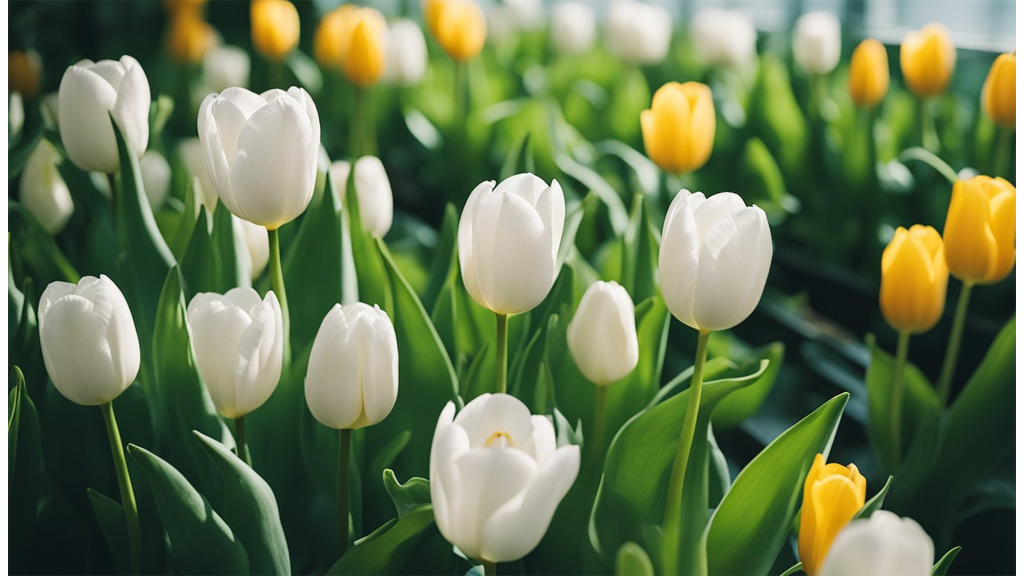
Environmental factors play a big part in the lifespan of tulips. Cooler room temperatures, ideally between 15-21°C (60-70°F), help extend the blooming period. Warmer settings tend to shorten the time our tulips stay fresh.
Here’s a quick look at the usual lifespans:
| Growing Method | Typical Blooming Period |
|---|---|
| Hydroponic Tulips | 7-10 days |
| Cut Tulip Flowers | 5-7 days |
For the best results, we should:
- Keep roots submerged in water but avoid letting water touch the bulb itself.
- Place our tulips away from direct heat sources and drafts.
- Choose bulbs that are still green or in early bud stage if we want longer enjoyment.
Growing tulips hydroponically gives us an easy way to bring spring blooms indoors, and good maintenance can make a real difference in how long we enjoy their colour. By following a few care tips, we can make the most of each flowering period and keep our tulips looking their best for longer.
Care and Blooming
Caring for hydroponic tulips starts before we ever see a flower. We need to select healthy, pre-chilled tulip bulbs. This chilling or cooling period, usually six to eight weeks in the fridge, mimics winter and is crucial for flower development.
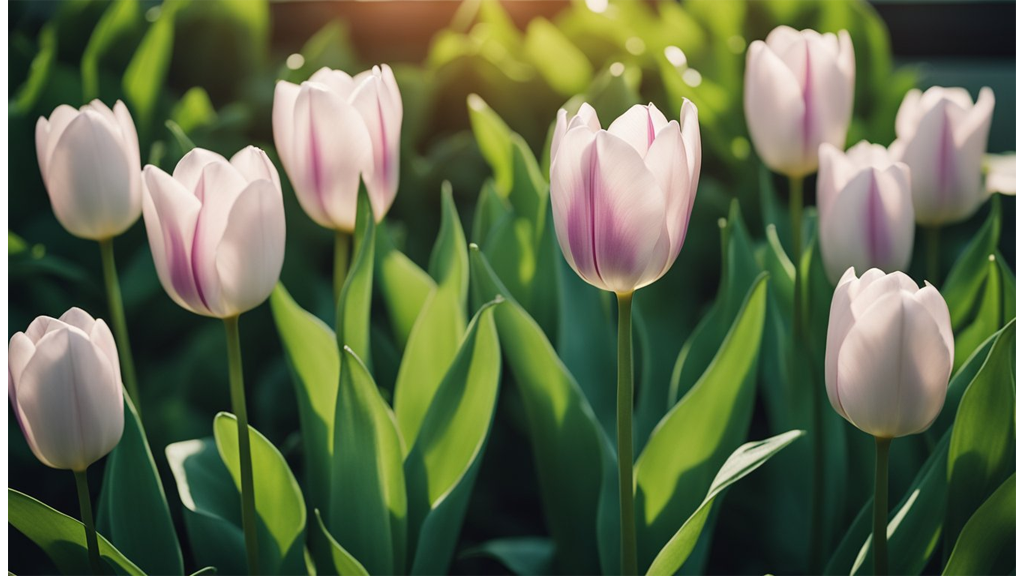
Setting up our hydroponic system means arranging the bulbs so only their bases touch water. We should add a balanced hydroponic nutrient mix to support root development. Bright, indirect light and a cool storage temperature—ideally between 10-15°C—help the bulbs germinate and prevent leggy growth.
When the tulips begin blooming, we keep an eye on water levels. Water should be fresh and topped up regularly. Checking for aphids or other pests is important, as they can hinder blooming and bulb health.
We may notice some bulbs do better than others. It's normal for the actual blooming period to last about a week, depending on variety. Blooms can fade sooner if the environment is warm or the water quality drops.
After the flowers fade, we have a decision to make. Some bulbs may be reused if they are still healthy. It's important to rinse and dry them, then store them in a cool, dry place away from ripening fruits.
Here's a quick summary table for reference:
| Stage | Key Steps |
|---|---|
| Pre-Bloom | Chill bulbs, set system, control temperature |
| During Bloom | Monitor water, check pests, adjust lighting |
| After Bloom | Dispose or store bulbs, clean equipment |
Cleaning all equipment helps prevent disease and ensures our next batch of tulip bulbs has the best chance for success.
Conclusion
When we talk about hydroponic tulips, their blooming period is fairly brief—typically about a week, depending on the variety. As cut flowers, they stay fresh for a similar period, making them a beautiful but short-term display.
Growing tulips hydroponically comes with unique benefits:
- Cleaner environment: No soil means fewer pests and diseases.
- Faster results: We can expect blooms in 3-6 weeks from the start.
- Easier harvesting: Cut flowers are simple to access and handle.
However, it's worth keeping in mind a few considerations:
- Hydroponic tulip bulbs often need special care after blooming.
- Bulbs may or may not rebloom, and some recommend replanting them in soil for another cycle.
- Freshness depends greatly on variety and growing conditions.
We encourage everyone to try hydroponic tulip cultivation. Testing different varieties, water conditions, and care methods could yield better results for your space.
If you've harvested hydroponic tulips before or have tips on extending their vase life, we'd love to hear from you. Please share your experiences and advice so we can all keep improving our hydroponic gardens together.







 Store Locator
Store Locator

